Automate CI/CD pipelines with Dynatrace: Part 3, Testing stage
Dynatrace
DECEMBER 18, 2023
In the last blog post of this series, we delved into how Dynatrace, functioning as a deploy-stage orchestrator, solves the challenges confronted by Site Reliability Engineers (SREs) during the early of automating CI/CD processes. Having laid the foundation during the deployment stage, we’ll now explore the benefits of Dynatrace visibility and orchestration during the testing phase.
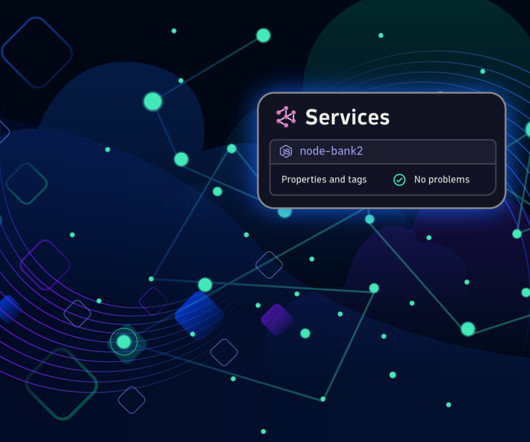

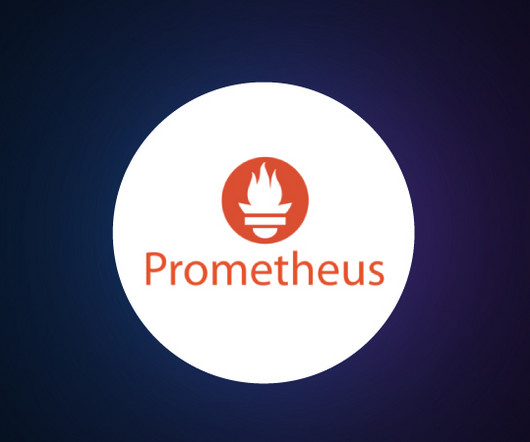

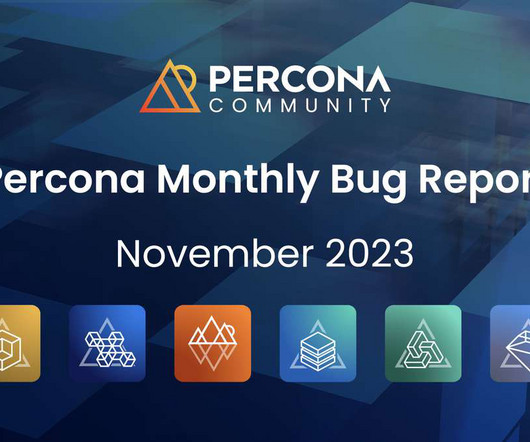

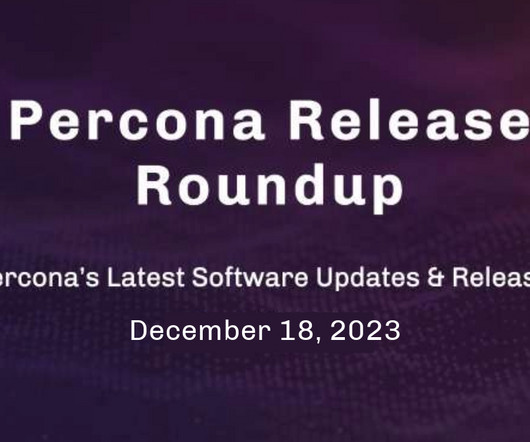

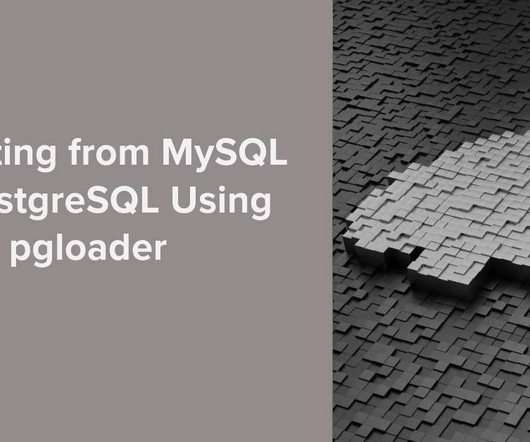






Let's personalize your content